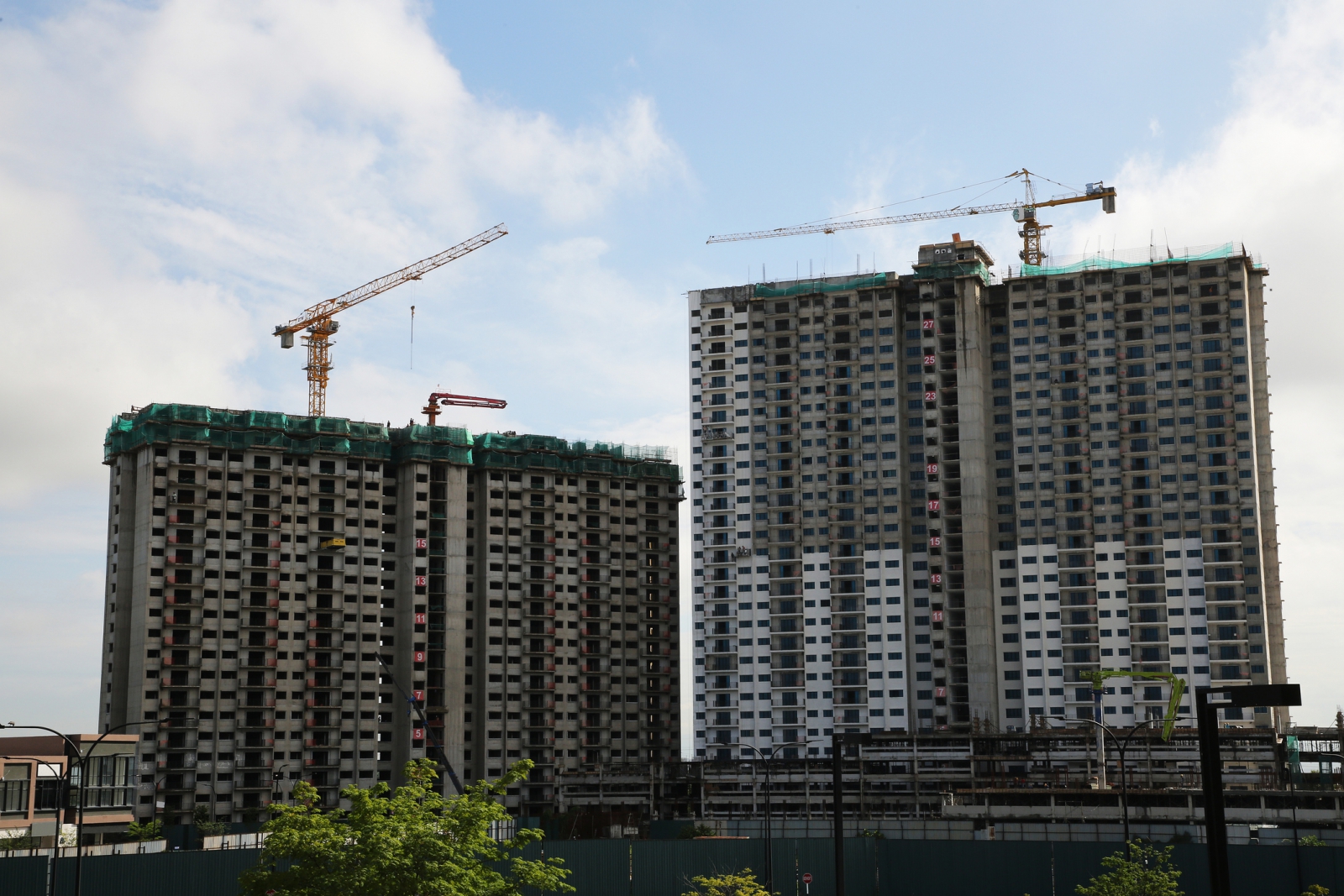Tuesday, 23/12/2025 | 13:13 GMT+7
Analysts believe that the implementation of EECA will help decarbonize buildings and increase their value, but first, the pressure of higher initial costs due to building retrofitting must be overcome.

Raja Mohd Fadhil, Assistant Director of the Energy Commission of Malaysia, stated at a public forum that there are 28,867 registered industry categories in Malaysia, with only 1,200 buildings affected by the EECA. Although this represents just 4.3% of the total, these buildings account for 66% of energy consumption in the sector.
In the commercial sector, including offices, hotels, and hospitals, out of 1.5 million consumers, only 0.04% will be subject to EECA regulations. Although the number is small, these buildings consume 21% of commercial energy. Raja Mohd Fadhil revealed that in about five years, the retail sector will also be included under the EECA.
Additionally, it is important to note that the EECA will apply only to Peninsular Malaysia and Labuan, while the states of Sabah and Sarawak in East Malaysia have been tasked with creating their own energy efficiency regulations. Starting in January, Sabah will, like Sarawak, be responsible for regulating electricity supply at the state level.
The scope of the EECA includes users consuming 21,600 gigajoules (GJ) of energy annually, or office buildings with an area of 8,000 square meters or more that have a building energy intensity (BEI) of 250 kWh per square meter per year.

The first targets of Malaysia’s EECA are energy-intensive manufacturing and commercial sectors. (Photo: Pexels)
According to the United Nations Environment Programme (UNEP), the building sector is the highest emitter of carbon. Buildings account for 37% of global emissions, with the primary source being operational carbon emissions, including lighting, air conditioning, and electricity usage.
Eugene Quah, President of Schneider Electric Malaysia, has previously written that the passage of the EECA is a critical step toward decarbonizing Malaysia's buildings. The mandatory energy audits required for energy users will help identify systems with low energy efficiency.
Quah cited data from Jones Lang LaSalle, which shows that buildings with green certifications saw a 5 percentage point reduction in vacancy rates during the third and fourth quarters of last year, highlighting strong market demand for green buildings. However, building retrofitting incurs high upfront costs. He urged the Malaysian government to provide subsidies or incentives to speed up the decarbonization of buildings.
According to reccessary.com








 Webinar 2: “Financial Support for Energy Efficiency Enterprises – Opportunities and Challenges”
Webinar 2: “Financial Support for Energy Efficiency Enterprises – Opportunities and Challenges”
 Vietnamese enterprises achieve green growth and cut costs through energy efficiency
Vietnamese enterprises achieve green growth and cut costs through energy efficiency
 Capacity Building for Program Implementing Entity
Capacity Building for Program Implementing Entity
 Enhance Energy Efficiency Knowledge for Managers of Cement Industrial Enterprises
Enhance Energy Efficiency Knowledge for Managers of Cement Industrial Enterprises
 Promoting Energy Efficiency for Technical Staff of Brick and Ceramic Sector
Promoting Energy Efficiency for Technical Staff of Brick and Ceramic Sector
 Capacity building for participating financial institutions of the VSUEE Project
Capacity building for participating financial institutions of the VSUEE Project
 Capacity building for participating financial institutions in Ho Chi Minh City
Capacity building for participating financial institutions in Ho Chi Minh City